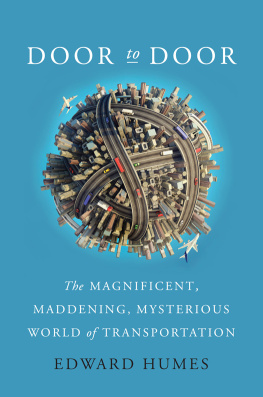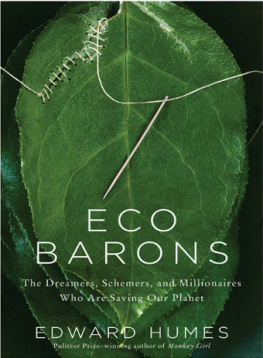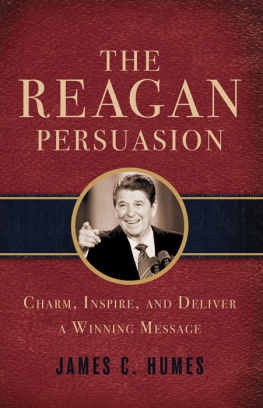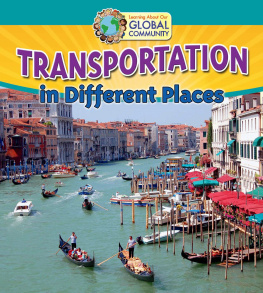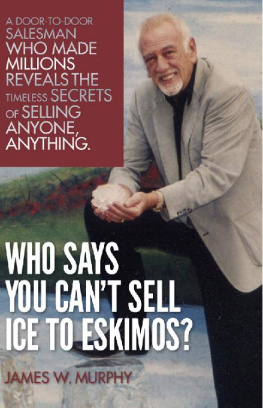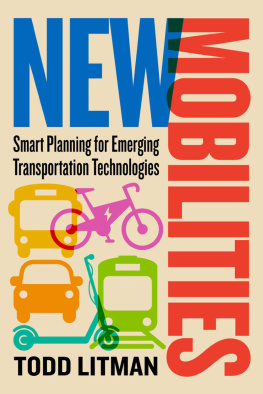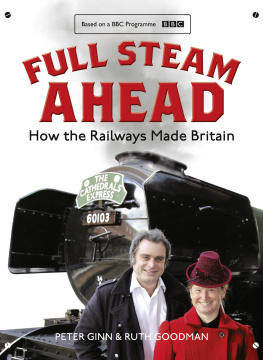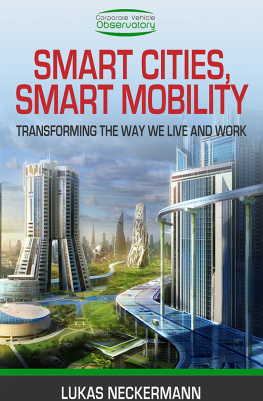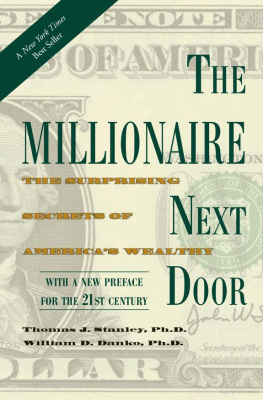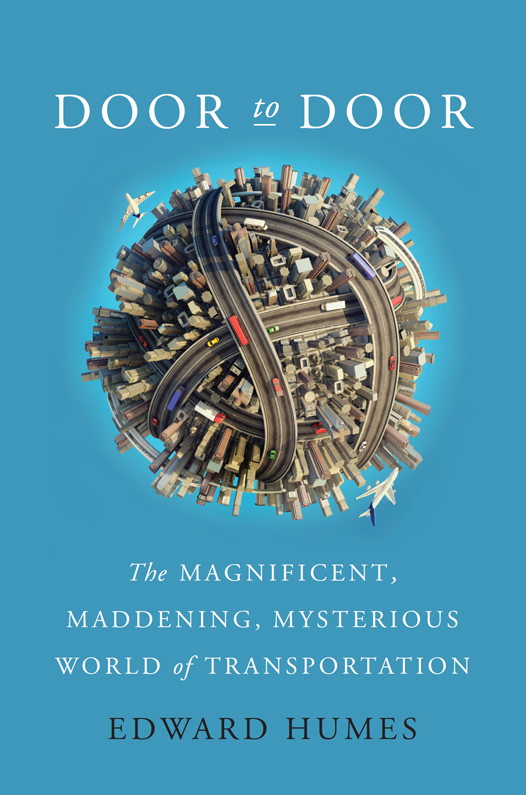This book is dedicated to my favorite door in the
worldthe one that leads to my family.
Contents
Guide
T he traffic apocalypse arrived at last on a humid and smoggy Friday evening in Los Angeles in 2011.
Carmageddon, we called it. Even Metro LA, the relentlessly optimistic transportation agency charged with keeping this capital of car culture moving, finally gave in and adopted the end-of-days nickname for the traffic disaster it had planned and scheduled.
Carmageddon was invented to bring relief to the most traffic-jammed highway in America. Instead, it sparked an unexpected revolution.
Long dreaded by Los Angeles commuters, truckers, cops, and business owners, Carmageddon at least began according to plan. Shortly after rush hours heavy traffic had dwindled into Friday dinner-hour light, a swarm of orange-vested highway crews assembled amid a chorus of slamming pickup truck doors. They wrestled blockades into place at the entry ramps onto Los Angeless busiest freeway exactly as scheduled. Their battle plan had been designed by a military engineer who rebuilt bomb-cratered highways in Iraq before coming to Metro, and his timetable was as mercilessly exacting as a Marine Corps march. By midnight, a ten-mile, ten-lane stretch of Interstate 405, which carries nearly 400,000 cars and trucks a day, had become a vehicle-free zone for the first time since the governor of California cut the ceremonial ribbon in 1962.
The next morning, hundreds of Angelenos gathered on overpasses up and down the freeway to gawk at what had been for generations a ceaseless, roaring river of cars, now transformed into a silent and empty ribbon of asphalt curling gracefully over the Sepulveda Pass, vanishing into the summertime haze. You could hear birds singing that morning where the singing of tires on asphalt had so long reigned.
The goal was simple: to fix one of Americas worst commutes.
The project would graft a new lane onto the overburdened freeway to relieve chronic congestion and crashes, the result of jamming twice as many cars and trucks on the highway at peak hours as its designers envisioned. The closure was to let the bulldozers rule the road for an entire weekend while portions of three bridges spanning the freeway fell to the wrecking ball. It also meant a half million weekend drivers would just have to find another way. Which was, of course, why the event had been dubbed Carmageddon: those drivers had no other way to go. Or so it seemed.
The 405 has long been an object of dread in the region, at once essential, unavoidable, and reviled. In other parts of the city, parallel freeway routes give freight haulers and commuters multiple options as they traverse the LA sprawl. But the 405 is the only direct major route linking West Los Angeles, UCLA, and the coastal communities to the south with the San Fernando Valley and its suburban commuters to the north, as well as the resort towns of Ventura and Santa Barbara farther up the coast. Having only one way to get between major population, recreation, and employment centers in a city with 6.5 million carsand a historical disdain for both public transit and carpoolinghas long been a recipe for epic gridlock. The standing joke is that its numerical name stands for the four or five miles per hour speeds the 405 inflicts on drivers. Regular travelers on the 405 know, and meters and measurements have confirmed, that this is really no joke at all but the actual speed of traffic at peak hours and places on this less-than-free way. Tesla Motors founder Elon Musk branded his commute through 405 traffic soul killing, inspiring him to vow to reinvent the commute and to make public his Jetsons-style hyperloop concept: LA to San Francisco in one half-hour pneumatic whoosh.
The entire expansion would take five years and $1.3 billion to complete before the promised traffic relief arrived, with the diciest part being those initial fifty-three hours when the freeway would be emptied completely. To get the gain, the city fathers warned, there had to be pain: the shutdown was universally predicted to turn the rest of LA into one big parking lot. All those cars, all those big rigs, all those people and goods normally occupying the 405, would flood other routes ill-equipped to absorb the load. Paralyzing jams, angry and reckless drivers, more accidents, smog, and deaths were predicted as the city and region prepared for the worst.
Hospitals beefed up their emergency room staffs and set up beds in disused wards to handle the overflow. The mayor begged drivers to park it for the weekend, to leave the car keys on the table. Thirty Hollywood celebrities (think Kardashians, Captain Kirk, and the host of American Idol) were recruited by the Los Angeles Police Department to send apocalyptic warnings to their combined 100 million Twitter followers. In a City Hall bunker called ATSAC (Automated Traffic Surveillance and Control) the transportation overlords tweaked 4,532 stoplights to shunt cars away from the 405. The same computer cowboys are Oscar Nights secret weapon, slowing ordinary drivers so lines of Hollywood A-lister limos arrive on time. War rooms at FedEx, UPS, and the Port of Los Angeless sprawling truck terminals rerouted everything they could. But even these masters of the transit universe knew they could not alter the simple physics of too many cars in too little space: they all predicted the event would be the worst man-made disaster in LA history. Carmageddon would earn its name.
Except it didnt. Not one dire prediction came true.
Congestion decreased that weekend citywide. There were no major traffic jams. No spikes in crashes or deaths. No escalating road rage or extra ER patients.
Magicians in a bunker didnt do this. Car-centric Angelenos did. They walked, biked, rode Metro Rail, took the bus, ride-shared with Uber, Sidecar, and Lyft, and found their formerly essential drives to be quite optional. Smog in the 405 corridor dropped to a tenth of normal and the entire city inhaled 25 percent fewer air pollutantsfor an entire week as the events halo effect persisted. The day-after buzz focused not on traffic jams and frustrated travel plans but on how the city might find a way to make the Carmageddon effect permanent. Carmaheaven, headlines renamed it.
To say many in the city were stunned, from the professional traffic czars to everyday commuters, would be an understatement. The 405, like most of the interstate system, had been carved into the citys bedrock with the explicit purpose of appeasing and pleasing drivers, with no concessions or thought given to the barriers it would create for walking, biking, livability, community preservation, or health. Congestion was supposed to be fixed by expanding such car-centric public worksnot by closing them down.
Yet this is exactly what happened on that steamy Carmageddon weekend of July 15, 2011. Trends that had been hinted at for yearshow Americans, particularly the young, had begun forsaking car ownership and even drivers licenses in favor of mobility by any means handy, whether bike, rideshare, bus, or trainsuddenly seemed to be playing out in real time on the streets of Los Angeles. Every traffic truism held dear for the past sixty years had been turned on its head, from the cures for gridlock to the most effective use of scarce transportation resources. When closing lanes lessens congestion instead of causing it, that means something. And when it happens in the second biggest city and the most important port city on the continent, the world notices. Soon LA leaders began a long and painful reconsideration of transportation policies, a struggle to replace car-centric planning with a focus on broader options for mobility. But the implications of Carmageddon went far beyond one city. They were national, global, and universal.

